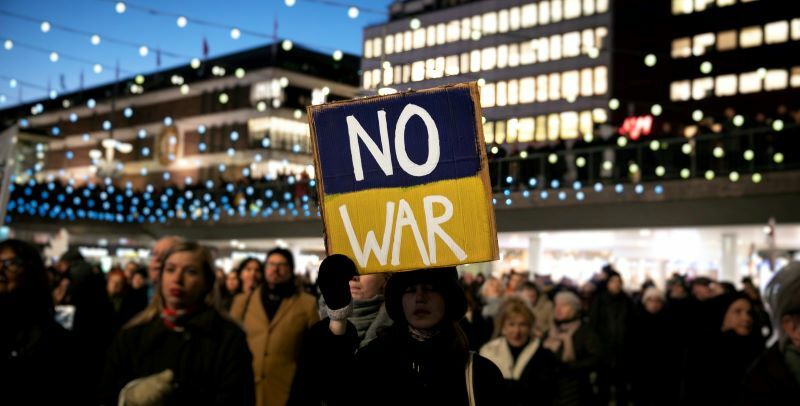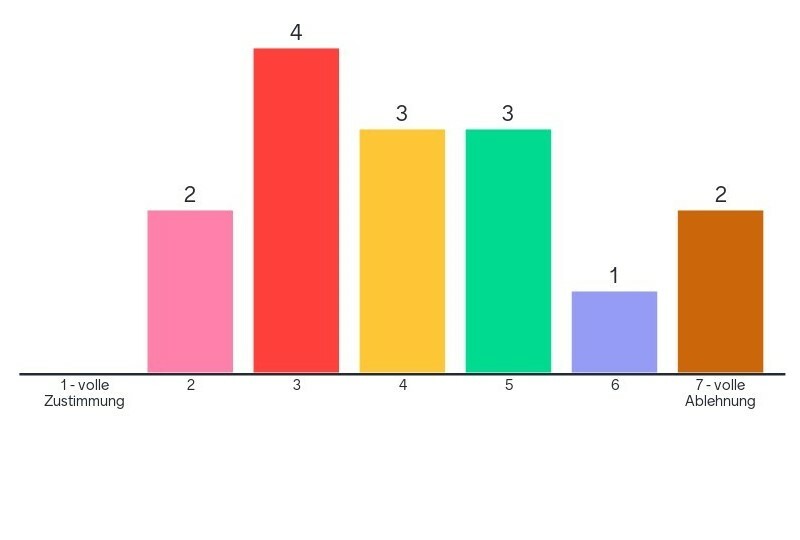
- What you need: Not much. Whether, and which type of scenario planning is suitable for a particular question depends mainly on the question. There are no limits to the use of the method as such, as it can be adapted very flexibly to the circumstances and the target group. At planpolitik we have used the method both in seminars lasting several days with dozens of participants and in smaller settings - for example as an impulse for a reflection group - and always with great success.
- Question and time frame: If both are too broad ("What is the future of the Western world in 2050?"), the scenarios are too arbitrary, the influencing factors hardly determinable. A clearly defined question is better: "What will the transatlantic relationship look like in 10 years?"; "What will my company's market position be in 5 years?", "What is the future of digital education in schools in Germany in 15 years?"). The time frame is also important: if it is too narrow, there is no scope for alternative developments; if it is too broad, the relevance for the here and now suffers. For political and social issues, 10-20 years into the future can work well; for strategic decisions in the organisation, 2-5 years might be more useful.
- Influencing factors: Determining the so-called driving forces is often the most exciting part of scenario development for us. Especially in groups with diverse perspectives, competences and knowledge, exciting discussions arise about which influencing factors are particularly important for the respective question. First, it is important to gather as much and as broadly as possible. To broaden the view, we often use the so-called STEEP model: social, technological, environmental, economic, and political. We collect all conceivable influencing factors for these categories and only prioritise them afterwards.
- Critical uncertainties: The so-called critical uncertainties are the factors that the group considers to be particularly powerful and at the same time particularly uncertain. Why? Influencing factors with little impact are not relevant; factors that are easily predictable are in turn less productive for generating alternative images of the future. This decision is usually wrestled with intensively and there is much discussion; after all, this is the basis for the upcoming scenario work.
- Scenarios: The combination of the four possible manifestations of the two selected influencing factors then results in the four scenarios. And then, take a breath - and let's go! While the analytical had the upper hand before, now more creativity comes into play. The scenarios are worked out in small groups, usually with so-called backtracking: first the picture of the future is sketched according to the assumptions of this scenario, and then it is described how it could come about and by which events and trends we will recognise that this scenario occurs. A fireworks display of events, developments, (missed) opportunities, winners and losers is sketched out in a logical sequence.
- Interpretation: After the mutual presentation of the scenarios, the results must be interpreted. What do the scenarios mean for politics, for the working context of the participants, for my organisation, etc.? After all, it is important to be prepared not only for one possible scenario, but for all scenarios that seem conceivable and plausible in principle. This includes developing recommendations on how to deal with the uncertainties presented and what course needs to be set today.
- Consolidation: To make the scenarios usable for further strategic work in one's own organisation/company, it also makes sense to identify the indicators that will show in the future which of the scenarios will actually come true. In this way, the scenarios can be integrated into further strategic work and fully develop their potential as an important supplement for monitoring and evaluating current events.

So what is the future of the EU? We still don't know, but at least we now know better which developments we need to pay special attention to and what the future depends on. Besides the obvious, such as election results on the other side of the Atlantic or in certain European member states, there was a lot of talk in the workshop about economic factors, innovation capacity, research cooperation, but also about migration movements, social developments in the member states and the role of the EU as a mediator in global conflicts.
Similar posts from our Blog

Dealing with right-wing parties in (EU) simulation games: Our contribution to the SimGame Anniversary Conference
The shift to the right in society calls for new standards in political education. At the SimGame Conference of the College of Europe in Bruges, we presented the approach we take in our EU simulation...

Talking about war: The mission and limits of civic education
We have developed a format for addressing the war against Ukraine. As political educators, we see our task not only in discussing the war in Ukraine in a way that is appropriate for the target...

How we deal with (extreme) right-wing parties in simulation games: An interim report
"Right-wing and far-right parties are electable in our democracy and should therefore also be represented in simulation games." - Agree or disagree? There are different opinions in our team. And yet we have to find...

Negotiation training compact: The five essentials of good negotiation
We are involved in negotiations every day, whether in a professional or private context. But what makes a negotiation successful? We have summarised the essentials of good negotiation that we teach in our training courses.

How to talk about it? Workshops on the conflict in the Middle East
The escalation of the conflict in the Middle East has lead to heated discussions, including at many universities. But how can we talk about the conflict respectfully without hurting people? We report on a series...